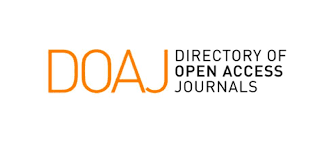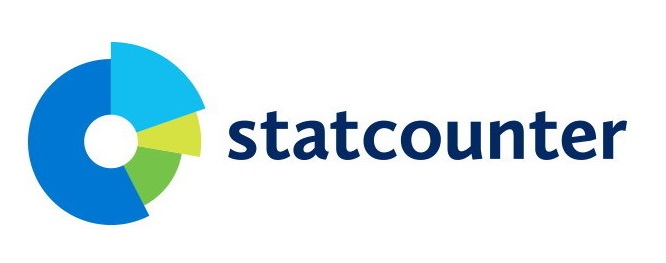HARD-VOTING DAN SOFT-VOTING CLASSIFIER: MODEL KLASIFIKASI RISIKO KEMATIAN PADA PASIEN GAGAL GINJAL KRONIK
Abstract
Chronic kidney failure is a serious disease that can lead to death if not detected and treated early. This study aims to predict the risk of death in hospitalized chronic kidney failure patients using ensemble machine learning methods, specifically hard-voting and soft-voting. The voting classifier is used to combine predictions from several classification models, where hard-voting makes decisions based on the majority vote, and soft-voting considers the average prediction probability. However, with imbalanced data, classification models tend to be biased toward the majority class. To address this, the synthetic minority oversampling technique (SMOTE) is applied to balance the class distribution. The model's performance is evaluated using accuracy, precision, and specificity metrics. The results of the study show that the hard-voting classifier provided the best performance with an accuracy of 85,156%, precision of 86,726%, and specificity of 89,908%, outperforming the soft-voting classifier. The use of SMOTE proved to improve prediction for the minority class, which is crucial in detecting high-risk patients who may die during hospitalization. This approach is expected to aid in the early detection and better management of hospitalized chronic kidney failure patients, potentially reducing mortality rates from this disease.
Downloads

This work is licensed under a Creative Commons Attribution 4.0 International License.

This work is licensed under a Creative Commons Attribution 4.0 International License.









